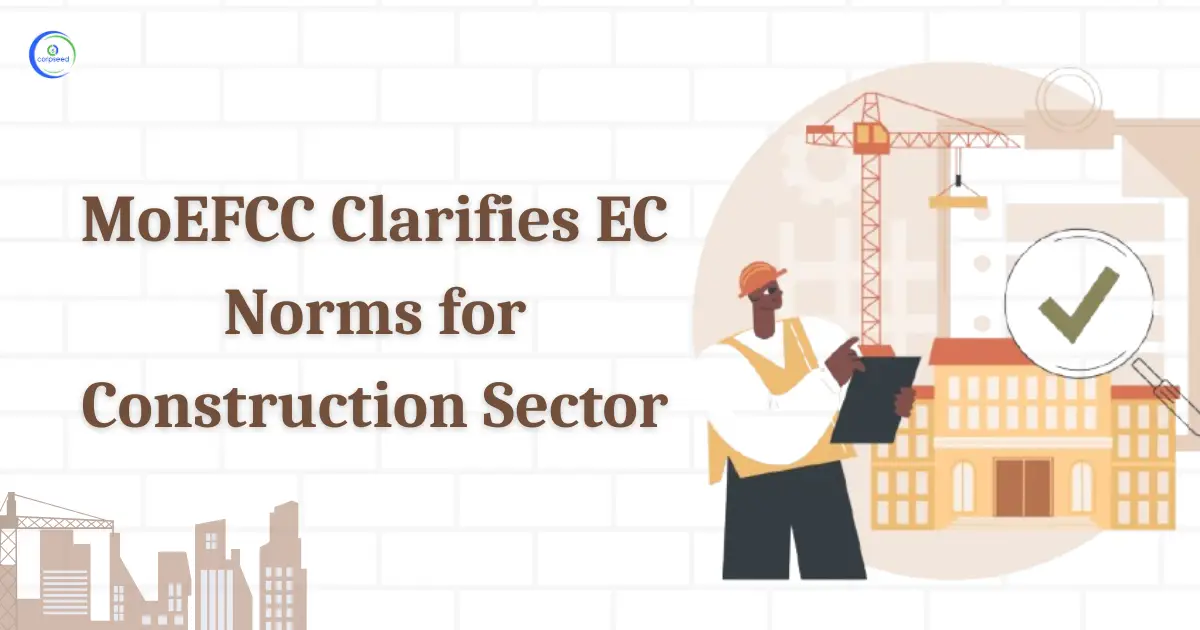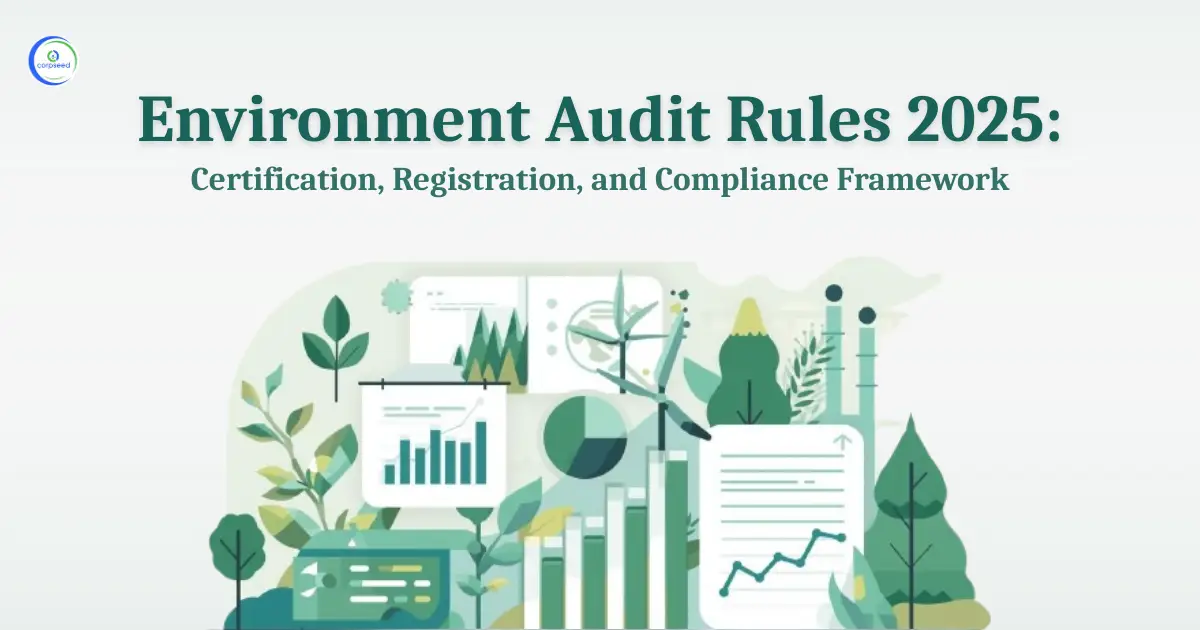EIA assesses the environmental impact of a project. This also involves challenges, like data and stakeholder engagement, and regulatory consistency. The solution to these has to be practical: such as improving the data acquisition and community participation methods and making them standardize some of the regulations.
Table of Contents
--------------Blog Contact Form-------------
Challenges in Environmental Impact Assessment (EIA)
Data Gaps and Quality
- EIA, suffers from inadequate reliable and comprehensive data.
- Proper systems of environmental monitoring in most regions are rare. Thus, leading to outdated or incomplete information.
- Without reliable data, there is a possibility of incomplete or misleading assessments.
- Then, unassured environmental damage may arise due to suboptimal decisions.
Stakeholder Engagement
- Many EI Assessments do not engage local communities correctly.
- When the community is excluded from the process, it leads to miss valuable local knowledge and concerns.
- In extreme cases, lack of engagement may culminate in mistrust and resistance to the projects.
Regulatory Inconsistencies
EIA standards and procedures vary in most areas.
- The variation creates some uncertainty among the project developers. It makes the quality assessments not to be fair and square.
- Such uncertainty makes it hard to determine that whether all projects are evaluated precisely.
- As a result, some may receive approval without proper evaluation.
Resource Constraints
- Thorough EIA requires significant time and resources. However, timelines for projects are sometimes constrained in a way that forces teams to rush through assessments.
- Thoroughness of assessments may be less if they ignore key environmental impacts.
- Under-resourced assessments become superficial, and fail to yield the full extent of possible harm.
Cumulative Impact Assessment
- There is a tendency to neglect cumulative impacts in EIAs.
- Most studies focus on single projects, discarding the importance of temporal interactions.
- Neglecting these effects may lead to deep environmental downfall.
Political and Economic Pressures
- Political and economic pressures influence outputs of EIA.
- Decision-makers usually give first priority to short-run profits
- This force may downplay environmental risks to allow project approval.
Technical Complexity
- The EIAs are technical. They require mastery of ecology, hydrology, and social science
- A lack of proper expertise translates to a low-quality assessment. This is scary for the uninformed; therefore, reduces participation too.
Solutions to Enhance Environmental Impact Assessment
Improvement of Data Collection and Quality
- Invest in environmental monitoring systems to improve data quality.
- Governments should build robust databases for accurate, up-to-date information.
- Collaborate with research institutions for data collection and validation.
- Use technology like remote sensing and GIS to enhance data collection methods.
Strengthening Stakeholder Engagement
- The EIA processes should begin with the involvement of local communities.
- Engagements in workshops, public meetings, and online forums for gathering inputs may be facilitated.
- Accessibility of engagement processes would ensure building trust and meaningful participation.
Standardize Regulation
- Set the standards of Environmental Impact Assessment at the state level.
- Collaborate with the government and stakeholders and come up with clear standards of assessment.
- Set a frame for the regulations so that all projects will be subjected to a proper scrutiny irrespective of where they are.
Sufficient Resource Provision
- Provide sufficient finances and time for every EIA.
- Governments and developers of a project should realize that proper resources are a must.
- Implement achievable time frames to avoid hurried assessments, which will be compromised in quality.
Cumulative Impact Assessments
- Develop a frame for making cumulative impact analysis.
- Develop stakeholder collaboration to have insight into project interaction.
- Better decision-making and hence protection of the environment through better assessment.
Encourage Long-term Sustainability
- Ensure policies of environmental considerations form part of economic planning.
- The long-term benefits of sustainability have to be educative to decision-makers.
- Sustainability indicators have to be part of the EIA process.
- It will ensure projects are evaluated on their ability for long-term environmental health.
Invest in Training and Capacity Building
- EIA training programs are vital for skill development
- Offer workshops, certifications, and resources for professionals.
- Improved training enhances the quality of EIAs.
Increase Public Awareness and Education
- Launch campaigns to educate the public about the EIA process.
- Use social media, community events, and informative materials.
- An informed public can engage more effectively in the EIA process.
Implement EIA Registration
- Create a registration system for stakeholders interested in updates.
- Keep interested parties informed about project developments and consultations.
- This promotes greater community participation and awareness.
Conclusion
The above are some of the key challenges that EIAs have to deal with such as, complex language and poor public participation. Therefore it will weaken the effectiveness of EIA. Solutions like clear language and community engagement can enormously enhance the process. By addressing these challenges and implementing above mentioned solutions we can enhance the quality EIAs if these challenges are improved. Thus much more information-based decision-making and a strong role for communities in shaping the surroundings will emerge.
Related Blog:
- The Importance of Environmental Impact Assessments in Development
- What Are The Components Of Environmental Impact Assessment?
- What Are The Procedures Used To Conduct The Environmental Impact Assessment?
- Importance Of Environmental Impact Assessment In India
- Environmental Impact Assessment In India
- What Is The Environmental Impact Assessment Act?
- What Are The Stages Of Environmental Impact Assessment?
This portion of the site is for informational purposes only. The content is not legal advice. The statements and opinions are the expression of author, not corpseed, and have not been evaluated by corpseed for accuracy, completeness, or changes in the law.
BOOK A FREE CONSULTATION
Get help from an experienced legal adviser. Schedule your consultation at a time that works for you and it's absolutely FREE.







_Corpseed.webp)
.webp)
